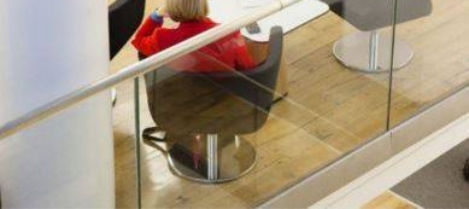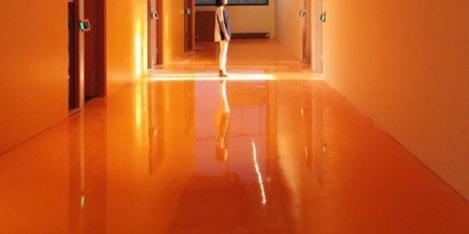January 28, 2016
Shortage of available office space for major occupiers in many US cities 0
 The diminishing availability of office space across the US is creating challenges for major occupiers, according to a new report from CBRE. An improving economy and subsequent increase in office demand along with the slow commencement of new construction has led to a shortage of large blocks of available office space in some major cities, including Philadelphia, San Francisco and Manhattan. While construction activity began to increase recently, with many constrained central office markets having new projects under construction, heavy pre-leasing activity means that the increased supply is often not enough to meet demand from large space users. Among downtown markets in the third quarter of 2015, the fewest total available large blocks (defined as 100,000 square feet or more of contiguous space) in existing and under-construction buildings were in Philadelphia (six), San Francisco (seven) and South Manhattan (ten).
The diminishing availability of office space across the US is creating challenges for major occupiers, according to a new report from CBRE. An improving economy and subsequent increase in office demand along with the slow commencement of new construction has led to a shortage of large blocks of available office space in some major cities, including Philadelphia, San Francisco and Manhattan. While construction activity began to increase recently, with many constrained central office markets having new projects under construction, heavy pre-leasing activity means that the increased supply is often not enough to meet demand from large space users. Among downtown markets in the third quarter of 2015, the fewest total available large blocks (defined as 100,000 square feet or more of contiguous space) in existing and under-construction buildings were in Philadelphia (six), San Francisco (seven) and South Manhattan (ten).
































January 26, 2016
Could a sexy office help you seduce clients back to your place? 0
by Darren Bilsborough • Comment, Facilities management, Workplace design
(more…)